My competitive Pokémon career began and ended in 2009 at the Pokémon Video Game Championships Pennsylvania Regionals.
I was 12 years old, and while the details are fuzzy, I remember my buddies and I trained up teams for months in order to attend. On the day of the event, my dad picked us up from school early to drive us upstate. The principal even made an announcement to the entire school over the public address system to wish us luck. How thoughtful.
Our caravan arrived at the venue and waited for the random group draw, since not everyone who showed up got to participate back then. Somehow, only one out of the six of us got selected, meaning we basically drove three hours to a random mall in Pennsylvania just to stand around. It’s not like we actually knew what we were doing, anyway. We were essentially copying teams we found online. We were ignorant, but there was still a place for us because we loved Pokémon.
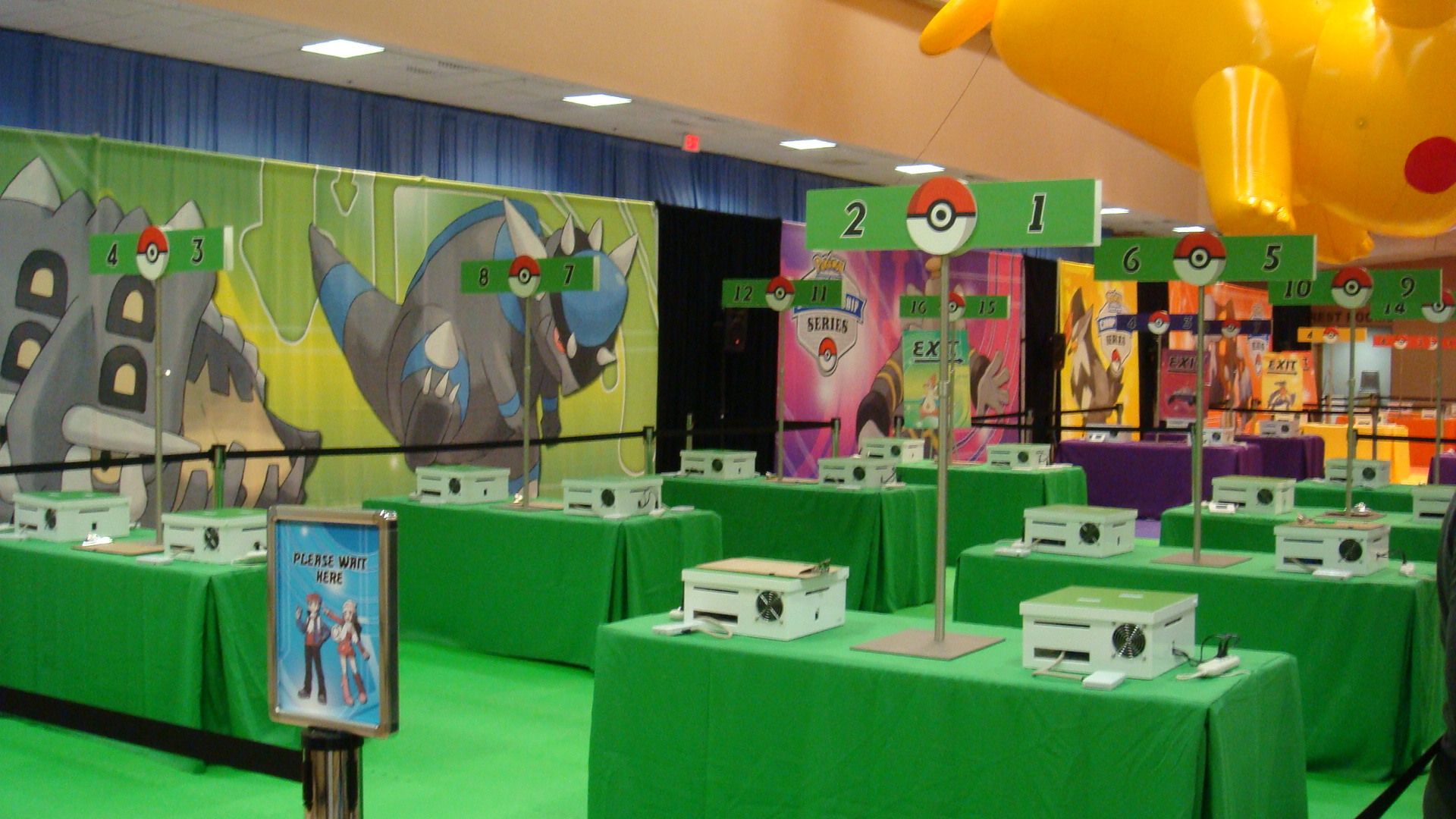
Even though we were young and inexperienced, it was so much fun exploring an aspect of Pokémon that was new to me. My friend who made the draw even won a game before getting knocked out by someone at least twice our age, but we dipped after that. Looking back, that moment was one of the first times I shared a room with so many people that were into the same nerdy hobbies as me.
From buying every main title on release to running roleplaying forums online, I’ve been hooked on this franchise for as long as I can remember. Like with most childhood obsessions, though, I started investing less time into it as I grew up. To this day, I still buy the games to play through the story, but I’ve stayed away from the competitive Pokémon community for years.
As someone whose full-time job is to write about games, I now have all the time in the world to dive back into the scene. I had been so far removed from VGC that giving it another shot seemed like this huge daunting task. But, that’s exactly what I decided to do. Lucky for me, one of my editors is a VGC veteran, and he found me the perfect tutor: two-time Latin American International Champion Ashton Cox.
Cram school
After connecting with Cox online, we set up a two-week lesson plan: private lessons on Mondays and Wednesdays and public lessons on his Twitch stream on Thursdays, which I loved. Anyone getting the chance to hop on a pro’s stream and game with them on the regular would be excited, but it also kept our arrangement from feeling too much like something extra I had to do on top of my work. I had something to look forward to at the end of each week.
The streams would give me a chance to apply some concepts by battling against viewers. Was I worried about embarrassing myself in front of potentially hundreds of people that probably knew better than me? Yes, but the off chance of beating someone who actually plays this game for real would do wonders for my ego.
With that sorted, my editor and I decided that after training with Cox for some time, I’d run an Elite Four-style gauntlet consisting of him, two of my coworkers, and my boss. At the end of it all, I’d participate in an exhibition match with Eduardo “Edu” Cunha, one of the best VGC players in Europe. I was feeling great about our content plan of “get paid to play Pokémon for two weeks.” The free training from a literal Pokémon champion and chance to branch out from my typical League of Legends beat were nice perks as well.
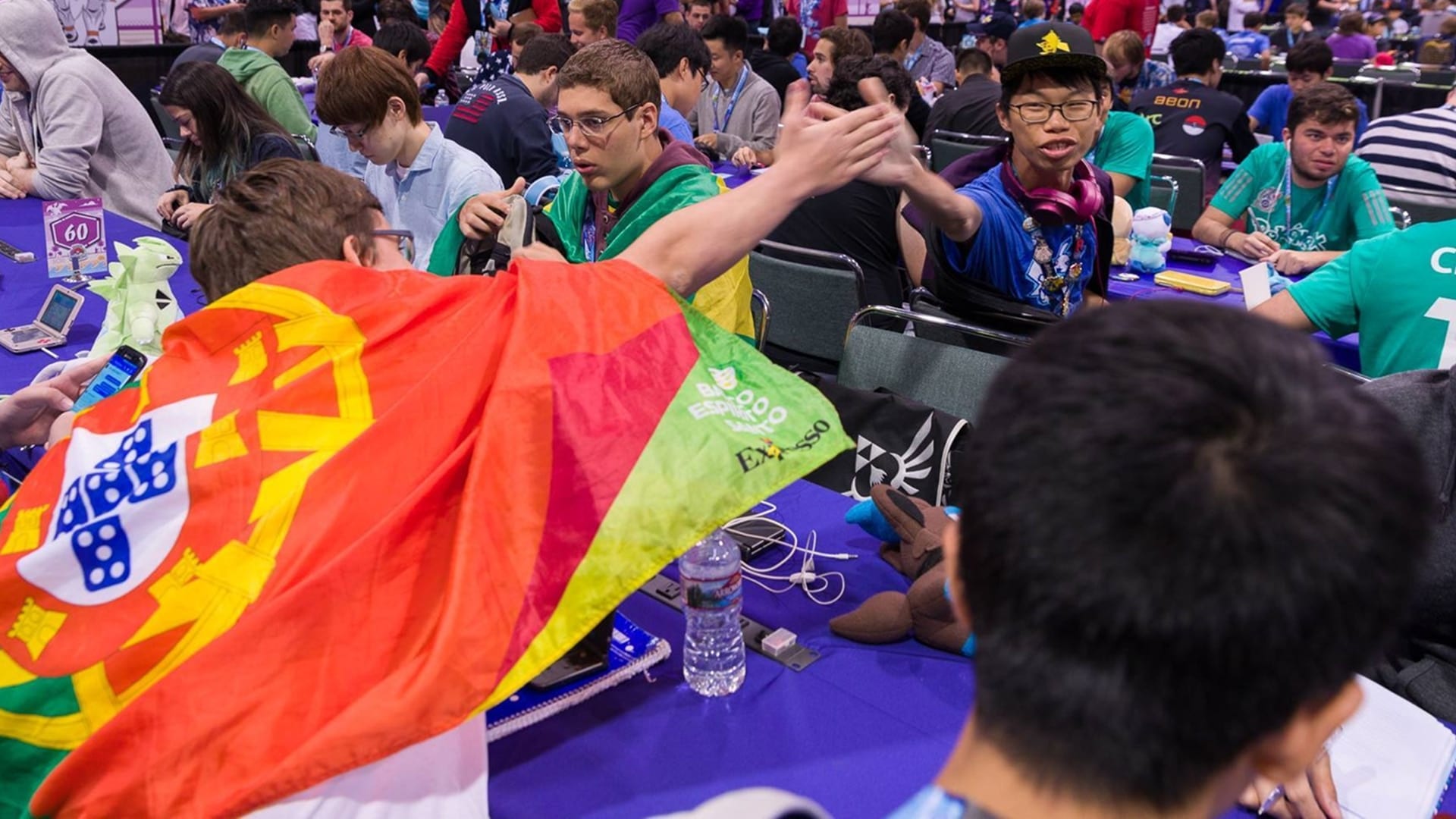
When the first day session rolled around, it felt like the first day of school. I didn’t know what to expect and was definitely rusty when it came to more intricate knowledge of the game. I was afraid I’d forget something basic like a type advantage or what a certain move does and look like an idiot.
Thankfully, things were pretty structured from the start. Cox had planned to go over the core concepts of competitive Pokémon for the first week of private lessons. We reviewed how competitive Pokémon introduces a nearly boundless amount of strategy into an otherwise straightforward game by taking advantage of specific stats that each Pokémon has: Hit Points (HP), Attack (Atk.), Special Attack (Sp. Atk), Defence (Def.), Special Defence (Sp. D), and Speed (Spd.). Players can manipulate and augment these stats with the diverse items, movesets and natures available to Pokémon.
As anyone getting into VGC will quickly find out, there’s a good chance the cool-looking team you used to beat the Elite Four isn’t competitively viable. With Cox’s help, I learned how players build most meta teams in addition to the most common “cores.” These combinations of type coverage are something every team should generally have, and the most effective combos in the current metagame are Fire/Water/Grass and Fairy/Steel/Dragon.
At the end of our first lesson, Cox had me choose between two teams: one centered around Palkia and Grimmsnarl, the other centered around Zacian and Lapras. I ultimately settled on the latter — a strat affectionately known in the VGC community as “Lapdog” — because it most closely matched the playstyle I preferred in League: hit hard, and fight often.
The specific Lapdog team I used consisted of Lapras, Zacian, Incineroar, Amoonguss, Landorus and Regieleki. To be honest, I’m actually not a big fan of most of these Pokémon outside competitive play.

To my surprise, I did grow to like these mons’ designs eventually. I mean, just look at those absolute studs. You’ve got Lapras, one of the most memorable original Pokémon, a sword-wielding wolf and a shredded pro-wrestling tiger. Amoonguss, Lando and Regieleki aren’t exactly as cool-looking as they are nightmarish and horrific, but that’s actually what makes them badass.
The journey begins
At an elementary level, my Lapdog team’s strategy revolved around two key objectives. The first was to Gigantamax (G-Max) Lapras and set up for my team with Max Resonance, which reduces all damage to my entire team for five turns. The second and most exciting goal was to find safe opportunities to send out Zacian, boost its Attack with Swords Dance and sweep to win.
The rest of my team was centered around providing options to help me execute on these win conditions and stay flexible. From my limited understanding, Amoonguss acts as a wall with utility like Spore and Rage Powder, while Incineroar and Landorus are meant to wreak havoc by weakening the opponent with Intimidate. Regieleki is a bit more situational as a strong Electric-type option that can get in and out of the mix with Volt Switch. Cox would frequently emphasize the importance of having these types of setups handy.
“When building a team, choose one win con and think about what can protect that win con,” he stated. “Amoongus and Incineroar have infinite potential, or the highest ceiling, because they do this well.”

Learning Pokémon was like learning how to play chess with a million different pieces. In the VGC format, which involves double battles, players make two moves per turn but really think about four. Each turn players must make the optimal decision for themselves while deducing what the opponent wants to do using every bit of information at their disposal.
Preparation and information don’t always lead to success, though. Pokémon has a lot of RNG, and I quickly realized that because of the randomness of most matches, it was hard to tell when I did something good or my opponent was misplaying.
I can’t tell you how many times I would win a close match on stream, click away to see what chat had to say about my turns and find out I basically tripped my way to the finish line. I remember when playing out one endgame where my opponent and I both had two Pokémon left. I was down to Regieleki and Zacian, and I kept spamming Regi’s Electroweb because of its AoE (hitting two birds with one stone is efficient, right?); I ended up winning after a few turns. Apparently I could’ve just swept with Thunderbolt, but my affinity for Electroweb became a huge meme in chat from then on.
I started learning a lot more about my own play once I started losing, but that got frustrating quickly, too.
Understanding the VGC meant I had to complete at least 20 battles a day, not only so I could practice more with my team, but also to get as much practice against meta comps as possible. While I’d become more familiar with common setups and team compositions, I didn’t feel like I was using all of the pieces at my disposal in the correct manner. For a while, I had no idea whether I was improving or not.
Intimidation tactics
The matches I spammed in my first week of lessons were either slow losses or one-sided victories without much in-between. Unfortunately for me, smashing opponents in Pokemon didn’t feel nearly as satisfying as it did in League; actually, it sucked. Whenever I’d stomp somebody, it usually meant they messed up their strategy in a big way or I got a few lucky critical hits or something. The shorter the battle, the less turns I had to practice executing on my own strats, which began to frustrate me. During one of my on-stream lessons with Cox, though, I had my first breakthrough.
Cox’s chat always welcomed me with open arms when I played on-stream, especially on my first day, and that’s something I’ll never forget as a nervous newcomer. They appreciated that I wanted to learn more about Pokémon and was investing my time to do so. Some viewed the idea of getting more eyes on the scene through a piece like this as a thrilling opportunity to have their voices heard and showcase what the space has to offer.
On stream days, Cox would introduce me to his chat and tell his moderators to set up a queue for best-of-three viewer battles. We would chat a bit before the battle, and then once I matched with a viewer he’d mute himself on Discord and leave me alone to walk through my thought processes while giving commentary to his stream. Post-game, he’d weigh in on how I did before setting me up for the next match.
I was winning most of my viewer battles, but sloppily. Of course I made blunders, but I often won games without setting some of my Pokémon up to serve their strategic purpose. After a particularly rough loss, Cox pointed out that I didn’t fully understand how Incineroar worked with my team.
“People were saying if you play chess, you should look at Incineroar as the Knight,” Cox said. “It’s used to pin people, and you move it around a lot because it has really good movement and positioning. The moment you leave it and you don’t put it in that good position, it’s just in the back, and it’s too late now at that point. You’ve got to really take that moment when you see it.”
For some reason, that comparison brought everything together. I definitely undervalued the importance of getting Incineroar in and out of the mix just to be annoying and stack debuffs with its ability. Shoutout to ThirstyVGC, the user in Cox’s chat that originally made the comparison.
With my newfound understanding, I turned to my good friend and old college roommate, a big VGC buff, to practice pulling this off consistently. We spent a few nights together screensharing battles and analyzing them as a duo while one person played. We’d take turns playing, and I focused on successfully cycling my Intimidates when applicable.
Once I got the hang of it, my results improved drastically. It was the difference between trying to beat the Pokémon League Champion with a level five Charmander or a level 100 Charizard. Before I knew it, I was comfortable reading teams and thinking for myself. I was thinking strategically and winning without as much guesswork and floundering about. The training wheels were off.
Trial by fire
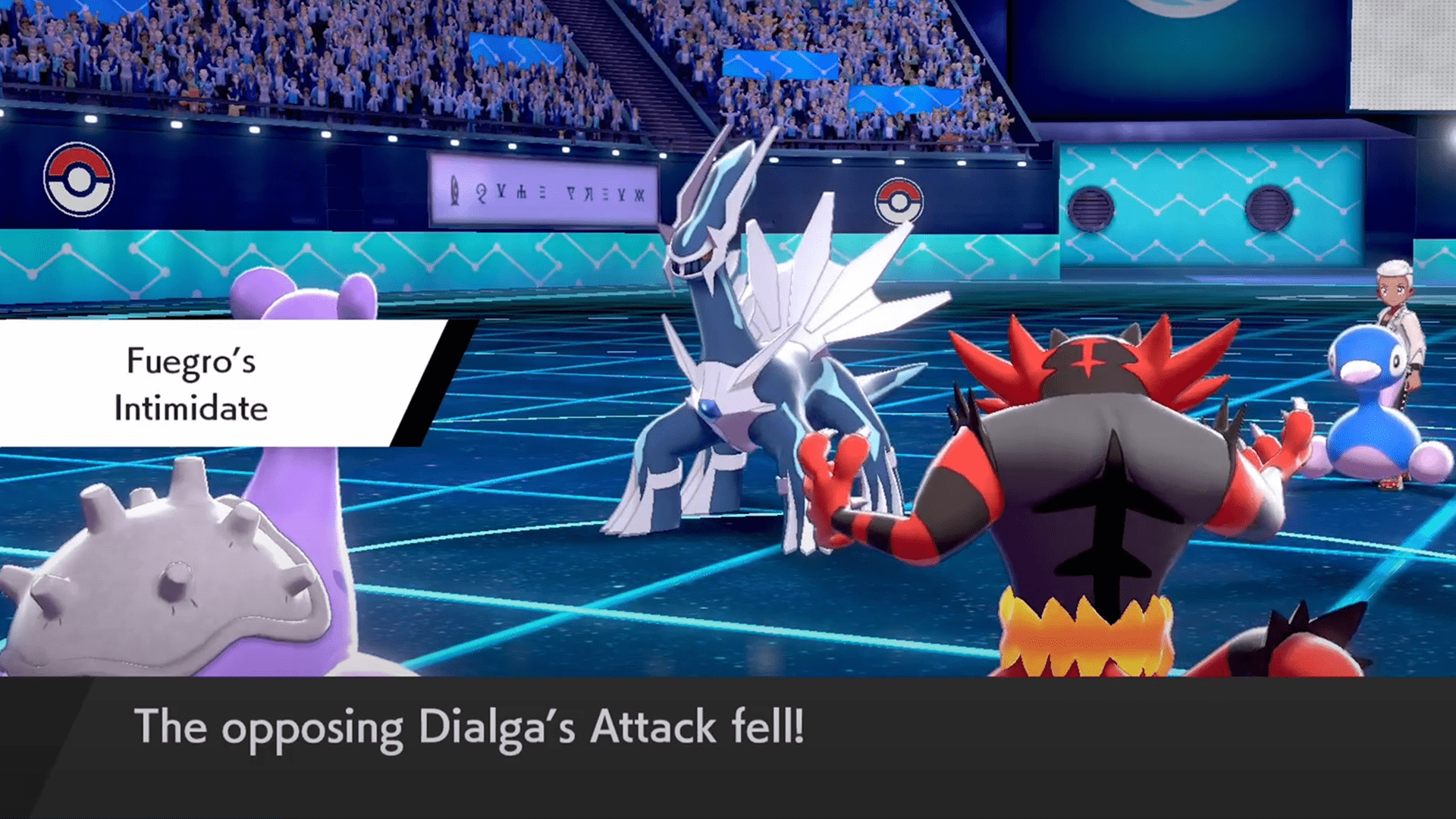
My time with Cox passed in a flash, and while two weeks isn’t much time to learn a game from scratch, my confidence in my ability was surprisingly high by the end of it. I didn’t feel good enough to enter the next VGC tournament or anything, but I’d be able to understand what was happening if I watched it.
Problem-solving in-game on my own was fulfilling, and I was filled with a childlike sense of joy. After all these years, Pokémon was fun again for me, almost as if I was playing it again for the first time.
Since I could now stand on my own two feet, it was time to put Cox’s teachings to the test and assert myself as the best Pokémon player at Upcomer not named Jason Krell. My coworkers and I blocked out time to record battles.
We played by VGC Series 8 Double Battle rules, the same rules I’d been abiding by during my practice. This meant each team consisted of one restricted legendary Pokémon, and we’d select four out of the six Pokémon on our respective teams to enter the match.
Hopefully it’s clear I had no problem sweeping my way through the first three sets. Aside from a few silly blunders, I had a clear idea of what I wanted to do in most situations.
https://youtu.be/6PdVgdLUIgc
I say most because, as an experienced player, my editor did everything in his power to make me work for a win over him. For him, that meant running it back with the Solgaleo-Spectrier team that he beat me with at least six times in a row during a lunch break one day.
It wasn’t pretty in the slightest, but I narrowly edged out a win.
(Editor’s note: To be fair, I did bring a sub-optimal fourth Pokémon for the sake of experimentation, and I won the overall best-of-three.)
After completing the makeshift Pokémon League we threw together, I had four days to prepare for my match against Edu. I expected to get utterly demolished, but my pride as Cox’s student was on the line. At the least I wanted to go down fighting.
https://youtu.be/kGzR9znNT2U
As expected, it wasn’t even close. According to Edu, though, I did manage to hold my ground fairly well for a total novice.
“A lot of what I learned of the basics of the game came from all my years playing it casually,” he said. “Your game one was actually pretty good given what you could’ve done. Your plays made sense. That’s huge, because a lot of newcomers don’t make sense.”
I think I like it here
Generally, I have a hard time trying new things. I’m a slow learner, I get frustrated easily and I hate the feeling of being behind others in whatever it is I’m pursuing. For the longest time, I didn’t even want to attempt getting back into VGC because I felt the game had changed so much that it was impossible for someone like me to catch up.
If anything, this experience made me wish I’d thrown myself back into it sooner; I had way more fun learning than I thought I would. I enjoyed discovering the little intricacies and nuances present in VGC and the similarities they shared with games I already knew like League and Chess. I liked playing Pokémon in a way that wasn’t just dunking on NPCs for 10 hours and catching a few rares at the end of it all.
My insecurities never got the chance to surface. Worried about losing and looking dumb? Half of Pokémon is RNG and losing is a necessary part of improving. Forget what an attack does? There are thousands of moves, and once you get wiped out by one of them you probably won’t forget what it does again.
Cox and his community never once made me feel embarrassed or silly due to my lack of knowledge. Sure, I’d get memed on for odd choices or random mistakes, but they would encourage me all the same. The most exciting part about viewer battles was coming back to chat to see the nice things viewers would say about a play I made, good or bad, or a clutch read I had on an opponent.
Coming from League, I wasn’t used to this type of positivity, but, according to Cox, it was the norm within the VGC community.
“Everyone has the best interest of the community and all of our players,” Ashton stated near the end of the stream. “I don’t think there’s a single person who’s out there to try to scam you or cheat you or try to have you just for your view. I value my community and I’m pretty sure I speak for every streamer and organizer that we really are trying to foster this healthy community here.”
Even if I didn’t understand the metagame or what the newest moves and abilities did, I could’ve come back to the VGC community at any time. There would’ve been someone to practice with me or answer my questions if I asked. There are streamers like Cox who don’t mind educating viewers or giving them pointers on teams; it’s part of the scene’s culture. At the end of the day, most people just want more folks to battle with.
I’m reminded of that crowded Pennsylvania ballroom in 2009, a place where finding joy in something was enough. I was welcome because I was present doing something I loved. I found that love again recently, and I’m eager to see what exciting places it takes me to this time around.
I remember logging onto Twitter after that final stream to make a generic tweet about the lesson (and to flex my viewer battle record, of course) and seeing a message request notification in my inbox from a stranger. We had no mutuals and their handle wasn’t even vaguely familiar to me. I could only assume that they were a viewer from the stream or one of Cox’s fans who heard about me from him.
“Ay. I’m always down to battle. Been grinding it and always down to bo3.”
We ended up chatting and exchanging friend codes. We haven’t played yet (they’re on a Temtem kick at the moment), but nothing from my two weeks of training made me feel happier about getting back into Pokémon than reading those words.


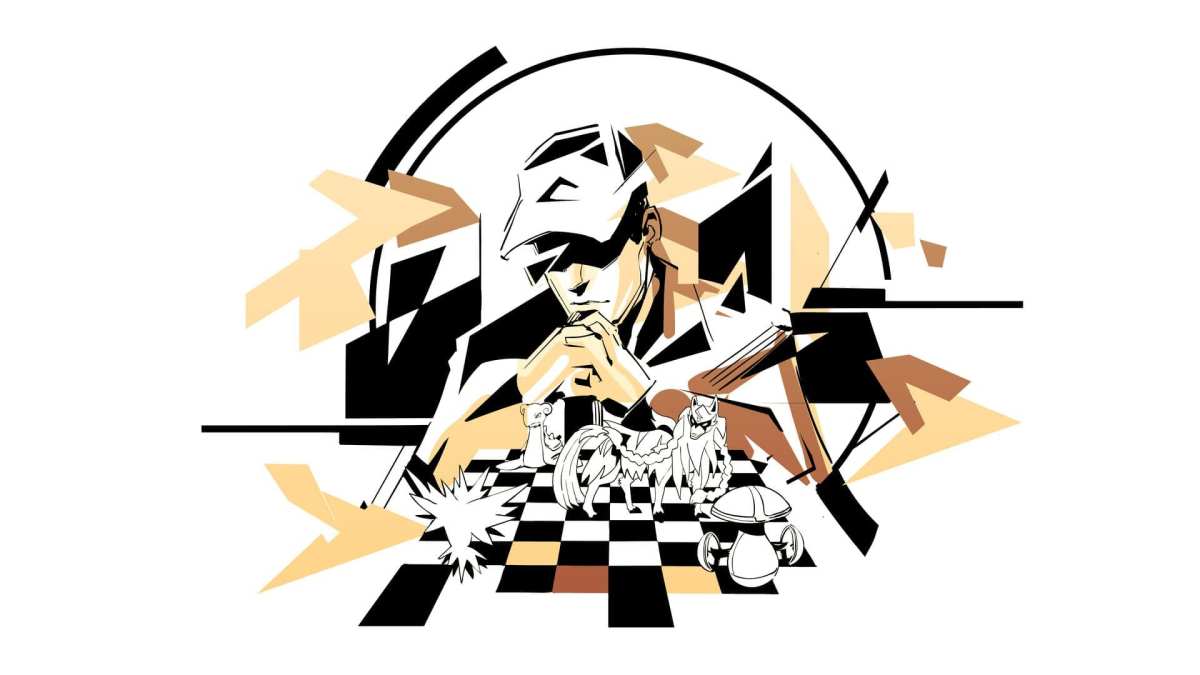


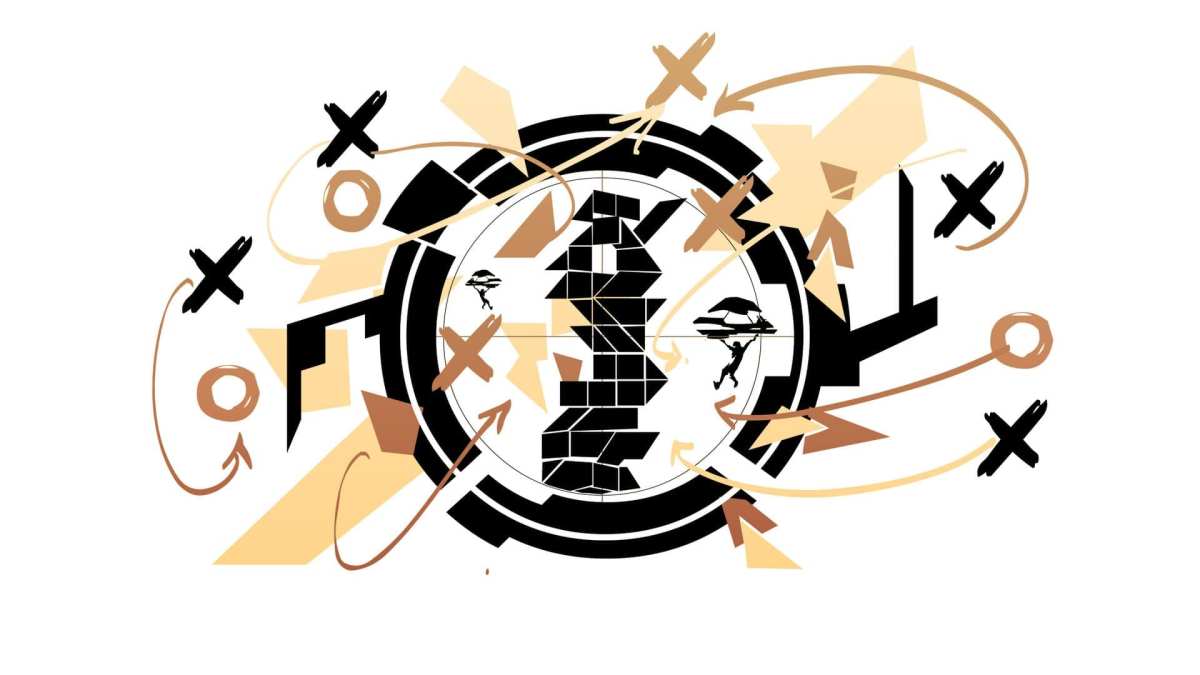

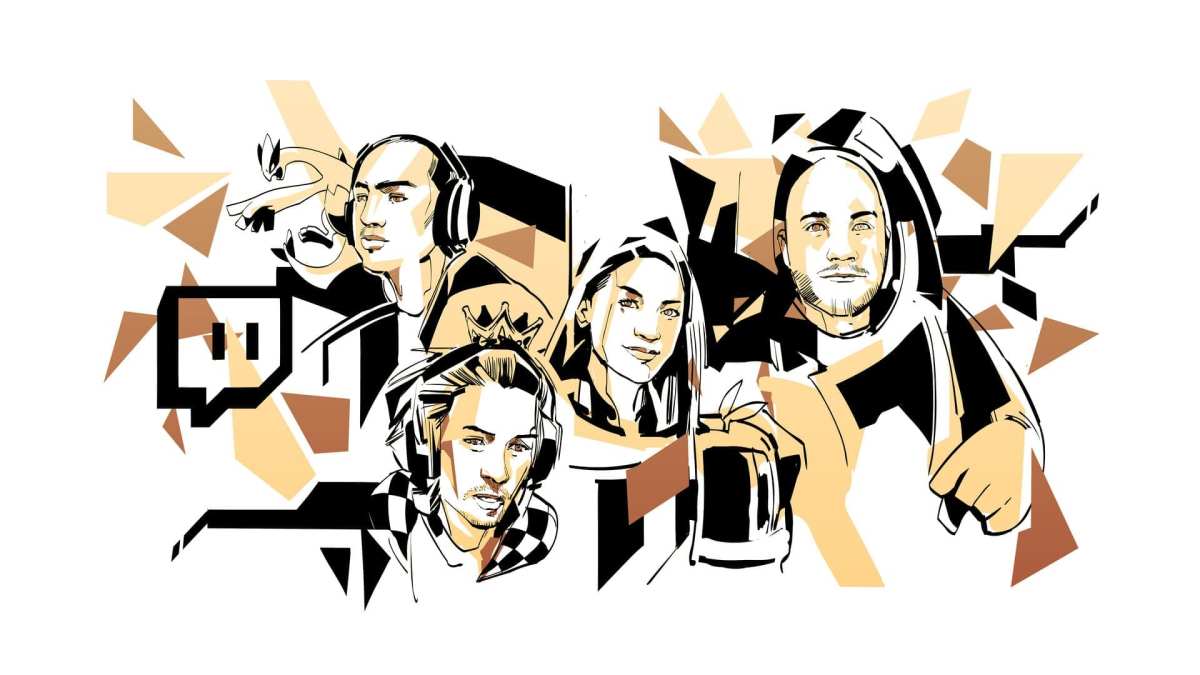
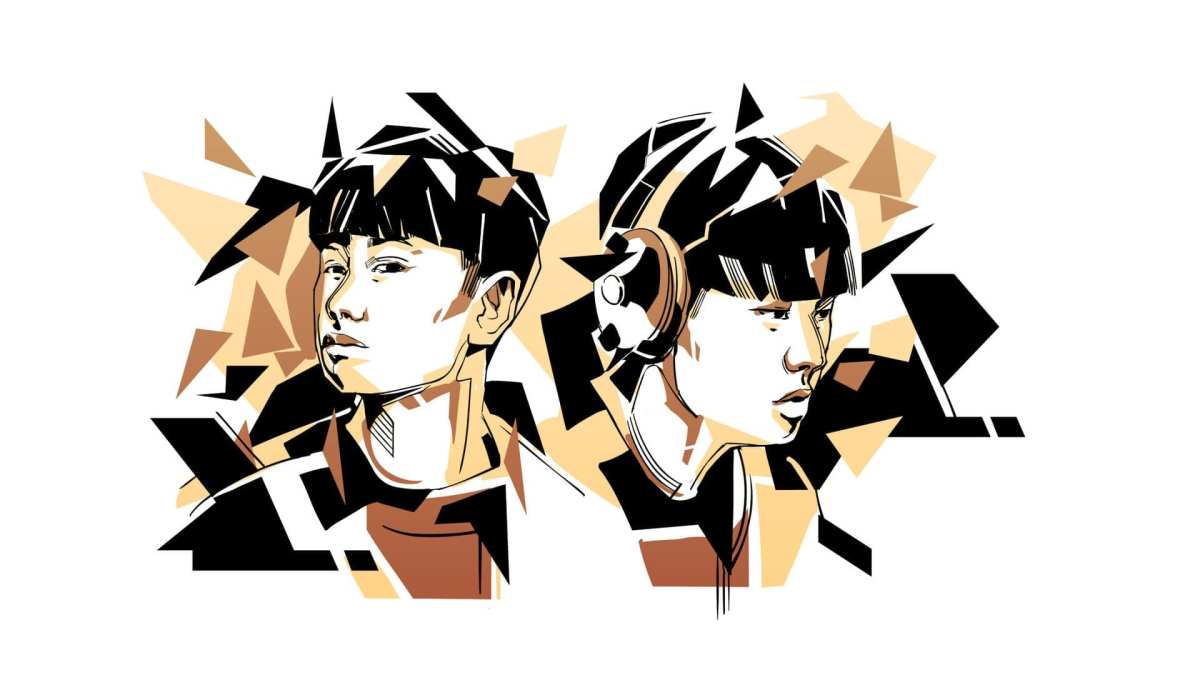
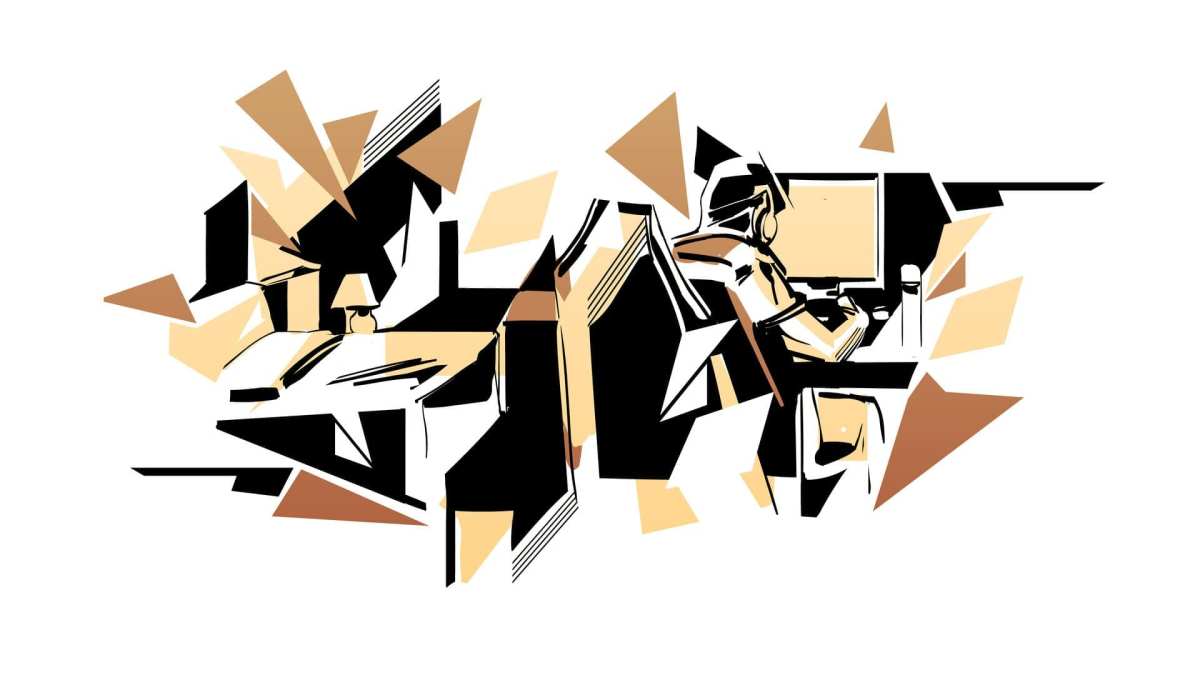
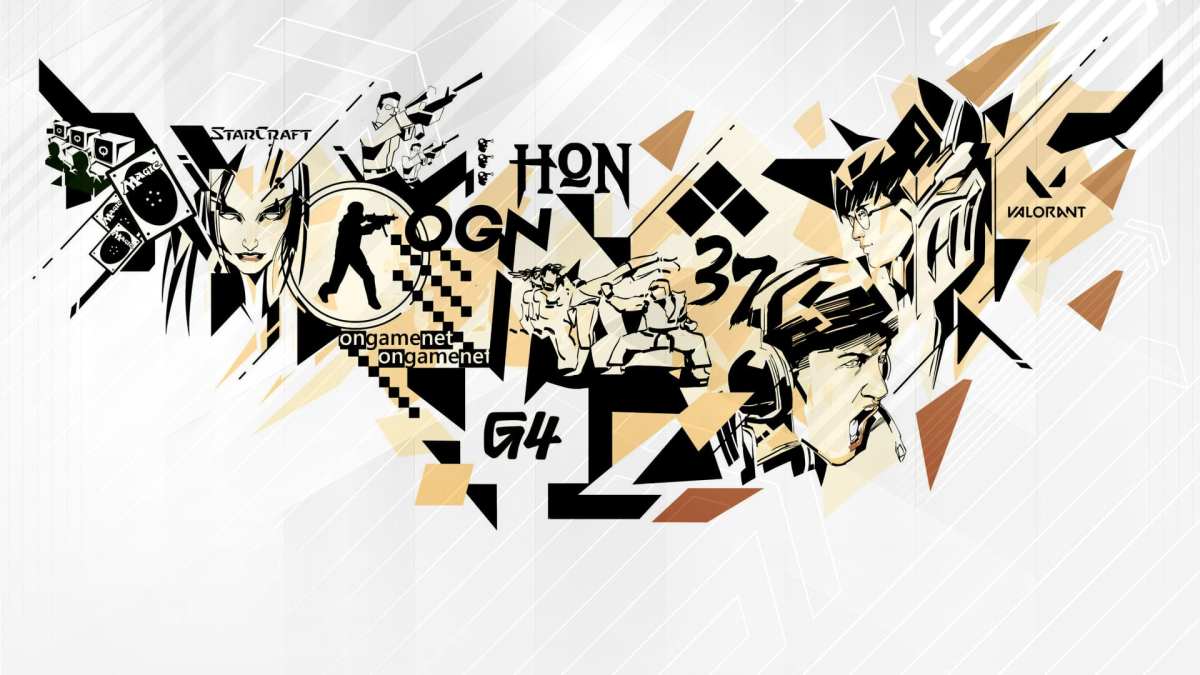


Published: Apr 21, 2021 09:00 am